"SLC21/WK4: Stabilizing Fractures- Comprehensive First Aid for Different Types of Breaks " by @rossnenye
| Q1: Apply a sling on the arm and a splint on the finger of a sibling, child, or peer. Attach a picture of the application and explain the procedure in detail, highlighting key points for immobilization and stabilization. |
|---|
So I made use of the rolled up clothing method using a piece of Cloth to apply the Sling on my sister's hand.
Applying the DRABC Protocol, I would ensure my Safety first and also the safety of the Victim by ensuring that they is nothing that will cause harm to us.
- The next step I will take is to calm the victim and promise her that everything will be fine and that I will take care of the situation.
| Procedure for applying sling on the Arm |
|---|
- Maintain Proper Alignment
I will position the injured arm in an angle 90°C position in order to ensure proper blood circulation and to prevent swelling.
- Rolling up the Cloth
I rolled up the Cloth into a long Cylindrical shape, wide enough to cover the Injured arm.
- Positioning the Injured arm
I ensured that the injured arm was in the same position I found it to avoid causing more injury.
- Placing the Sling
I would place the rolled cloth along the position of the injured arm, ensuring that it's covers the injured arm properly.
- Apply padding
I would place a soft cloth between the arm and the Sling in order to make it comfortable.
- Securing the Sling
I would bring the second end of the cloth up around the neck and tie it into a knot properly, ensuring that the arm is well supported in order to avoid pain.
- Access the condition
After applying the Sling, I will ensured that the Sling is not too tight and restricting blood circulation by checking out the Victim skin color, Pulse and Sensation.
I will also ask the Victim how she was faring, is the pain Subsided, increased or still the same in order to know my next line of action.
| Applying Splint on the Finger |
|---|
Materials used is a clean cloth and a piece of Carton.
Also observing the DRABC Protocol and ensuring my safety and that of the victim.
I would check to know the severity of the injury, if it's a wound, I will clean it up properly.
I would use a Splint that is a bit longer than the finger.
I would clean the piece of Carton and place it on the Injury spot. I would place a cloth between the finger and the splint for comfort.
I would then use a clean cloth to tie and secure the Splint. Ensuring is not too tight.
After that I would check if there is maximum blood Circulation by checking the pulse and the movement of the finger.
| Q2: Research the process of helmet extraction in the context of head and neck injuries, and explain why it is important to avoid removing the helmet immediately in the case of suspected spinal injuries. Include the steps for safe helmet removal if necessary. |
|---|
This procedure is very delicate, therefore the first responder should be very careful while performing this, inorder to avoid causing more harm.
| Importances of not removing the Helmet |
|---|
- Stabilization of the Head and Neck
The helmet helps hold the head and Neck still inorder to prevent movement which can cause further complications.
- Prevents Spinal cord damage
Removing a Helmet forcefully will lead to the movement of the Cervical Spine which can cause Spinal cord damage.
- Spinal alignment
The Helmet also helps to keep the Cervical Spine in a neutral position.
| Procedures for safe helmet removal |
|---|
Applying the DRABC Protocol, I will do the following.
- Safety
I would prioritize my safety and that of the Victim by looking out for any hazardous thing.
- Assess the Situation
I would check the Victim inorder to know the level of the Injury.
- Call for help
I would call the Emergency number of my state, telling them the Condition of the Casualty and the location.
- Apply the ABC protocol
Applying the ABC protocol, I would access the Casualty Airways Breathing and Circulation. If his not responsive I would start CPR immediately.
- Preparation
I would ensure that they're two trained rescuers who will help me to remove the Helmet.
- Stabilization
I would ensure that one of the rescuer holds the Casualty head in a neutral position to avoid movement.
- Helmet removal
The 1st rescuer will hold the person's head while the 2nd rescuer gently removes the strap-lock, and then gently rotate the helmet and then remove it.
- Complications
While waiting for help, I would monitor the Casualty for any sign of shock like bluish skin, rapid breathing e.t.c.
| Q3: How is C-spine stabilization done? Explain the procedure in detail, ensuring you include when and how to use head blocks or manual stabilization. Attach a photo or video of yourself demonstrating proper C-spine stabilization techniques. |
|---|
- Ensure Safety
I would prioritize my safety and that of the Casualty by checking out for any hazard.
- Call for help
I would call the Emergency number of my state telling them the Condition of the Casualty, asking them to come along with a Chest Stabilizer and Stretcher. I will also tell them the Location of the Incident.
- Supporting the head and Neck.
I would approach the Casualty from the front, inorder to avoid turning his head. I will also place my hands on either side of the Casualty head inorder to keep it in a Neutral position.
- Instruct the Casualty to remain still
I would tell the victim not to move and also keep him head and Neck still in order to avoid further Injury.
- Apply the ABC protocol
Applying the ABC protocol, I would access the Casualty Airways Breathing and Circulation without moving his head and Neck. If his not responsive then I will start CPR immediately.
- Maintain stabilization
I would hold the Casualty head in a neutral position to prevent the victim from moving his head until a Paramedics comes to help.
- Head blocks
I would use a head block to stabilize the head and Neck properly inorder to avoid movement. I would ensure that the head block is not too tight inorder not to cause more harm to the Victim.
- Cervical Collar
I would also use Cervical Collar if there is any to immobilize the neck of the Casualty.
- Regular Monitoring
I would monitor the Victim often checking out for signs of shock like bluish skin, weak pulse and rapid breathing.
- Stay with the Casualty.
I would keep reassuring the victim that everything will be fine. I would also stay with the Victim until a Paramedics comes to help.
| Q4: Consider you encounter an unconscious person with a compound fracture on the arm, massive bleeding, no pulse at the distal radius, and restricted breathing. How will you prioritize and manage the situation? Describe each step in detail, including how you would control bleeding, stabilize the fracture, and address the breathing issue. |
|---|
So I will apply the DRABC Protocol by doing the following.
- Safety
I would prioritize my safety and that of the Victim by checking out for any hazard.
- Check for Response
I would check the Victim to if his responsive If his responsive then I would tell him to keep keep and assure him of taking care of the situation. If his not responsive, then I will start immediately.
- Airways and Breathing
I will check out for is breathing by looking out for rise and fall of his chest, or by placing my ear close to his mouth or nose to know if I will notice any sound. If I don't, I will start Cardiopulmonary Resuscitation immediately.
- Seek for Emergency Help
I would call the Emergency number of my state. I would tell them the Condition of the Casualty and also give them the location of the place.
- Control the Bleeding
To do this, I would apply pressure on the wound, making use of a Clean Cloth. I would also raise the injured arm above the heart level inorder to reduce the blood flow.
- Applying a Tourniquet
If the bleeding doesn't stop, I would apply a Tourniquet with a Cloth that is strong and flexible 2-3 inches on the wound and a pen to hold it firmly.
- Immobilize the Fracture
I would make use of Sling to immobilize the injured arm. The best method for this procedure since it's an Emergency is the rolled-up clothing sling.
The rolled-up clothing should be placed on either side of the arm and fastened to the neck. This is done inorder to keep the injured arm still so to avoid further Injury.
- Proper monitoring
I would monitor the Causality until help comes, Incase of any sign, symptoms or complications like shock. I also would stay with the Casualty until help comes
| Q5: Create an infographic (visual illustration) on managing fractures. Your design should highlight key steps such as how to immobilize the injured limb, apply a splint, and stabilize the spine. Ensure the infographic is easy to understand and visually guides users through the process. |
|---|
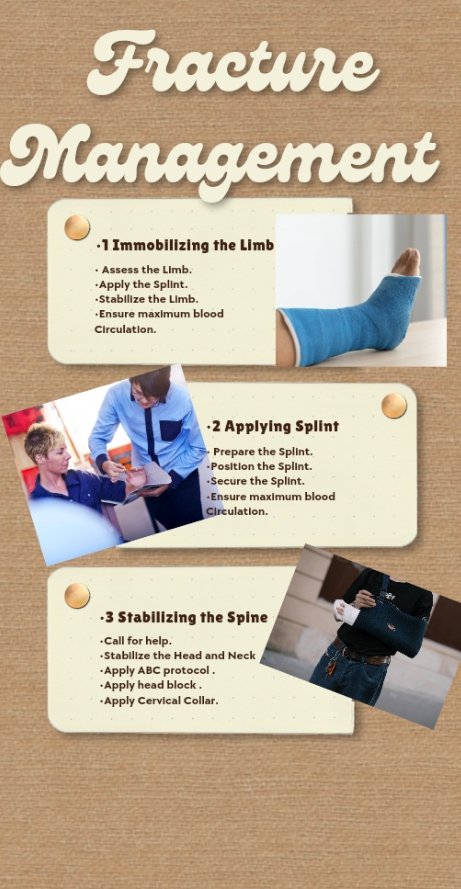
It was quite an educating class and I really learnt a lot. Thanks for reading my post, I invite @chilaw, @ogechukwu-martha and @adachukwu to participate in this contest.
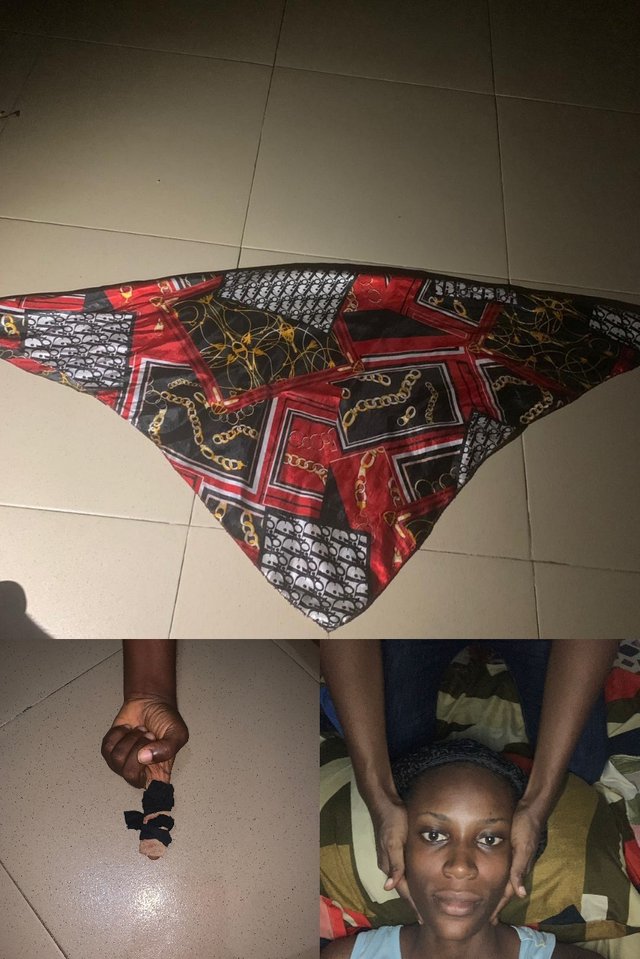
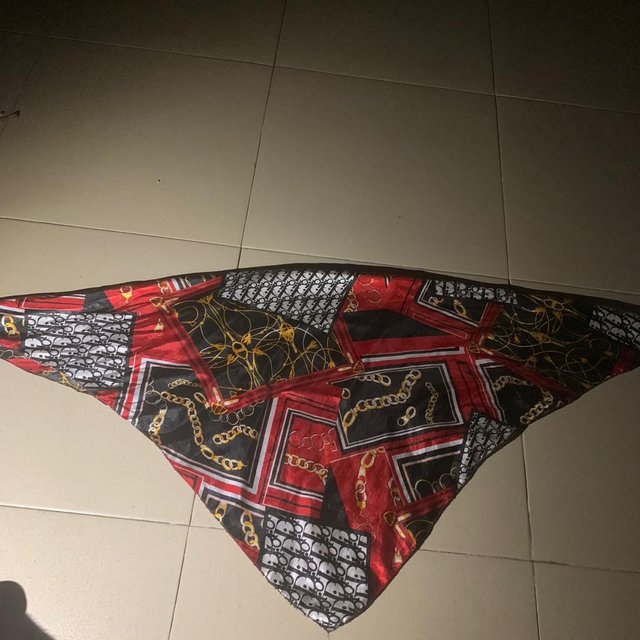
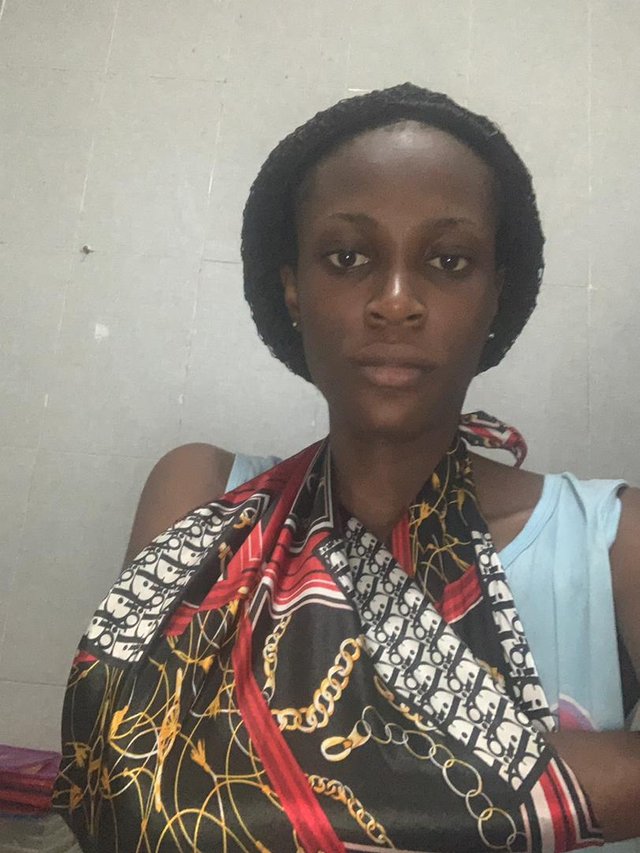
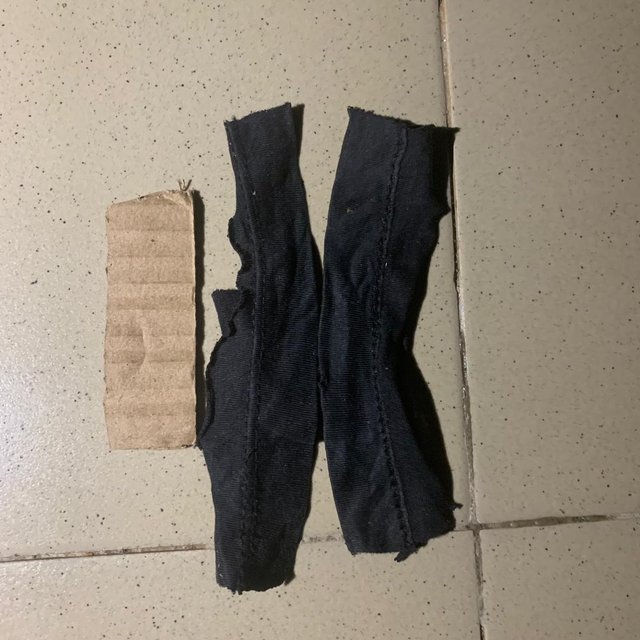
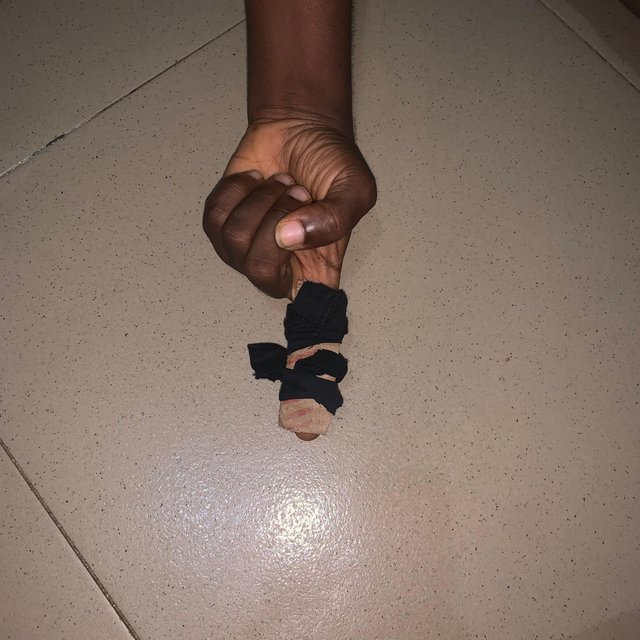
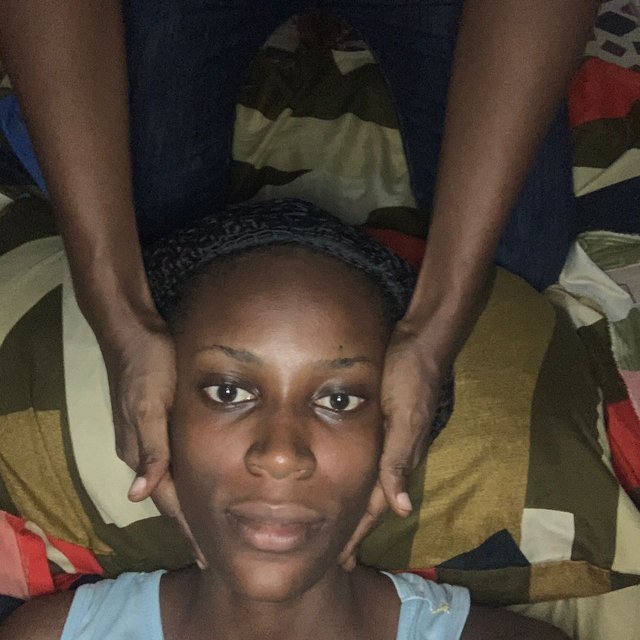
Student Name: @rossnenye
Overall grade: 9.6
Plagiarism Check: Pass
AI Use: No
General Feedback: The student has shown excellent understanding of the course and has come up with an excellent explanation on how to manage fractures.
Thank you.
Regards,
@huzaifanaveed1
TEAM 1
Congratulations! Your Comment has been upvoted through @steemcurator03. We support good comments anywhere..Thank you so much.
Congratulation suport 01 and 02 ☺️☕
Thanks dear.
☺️